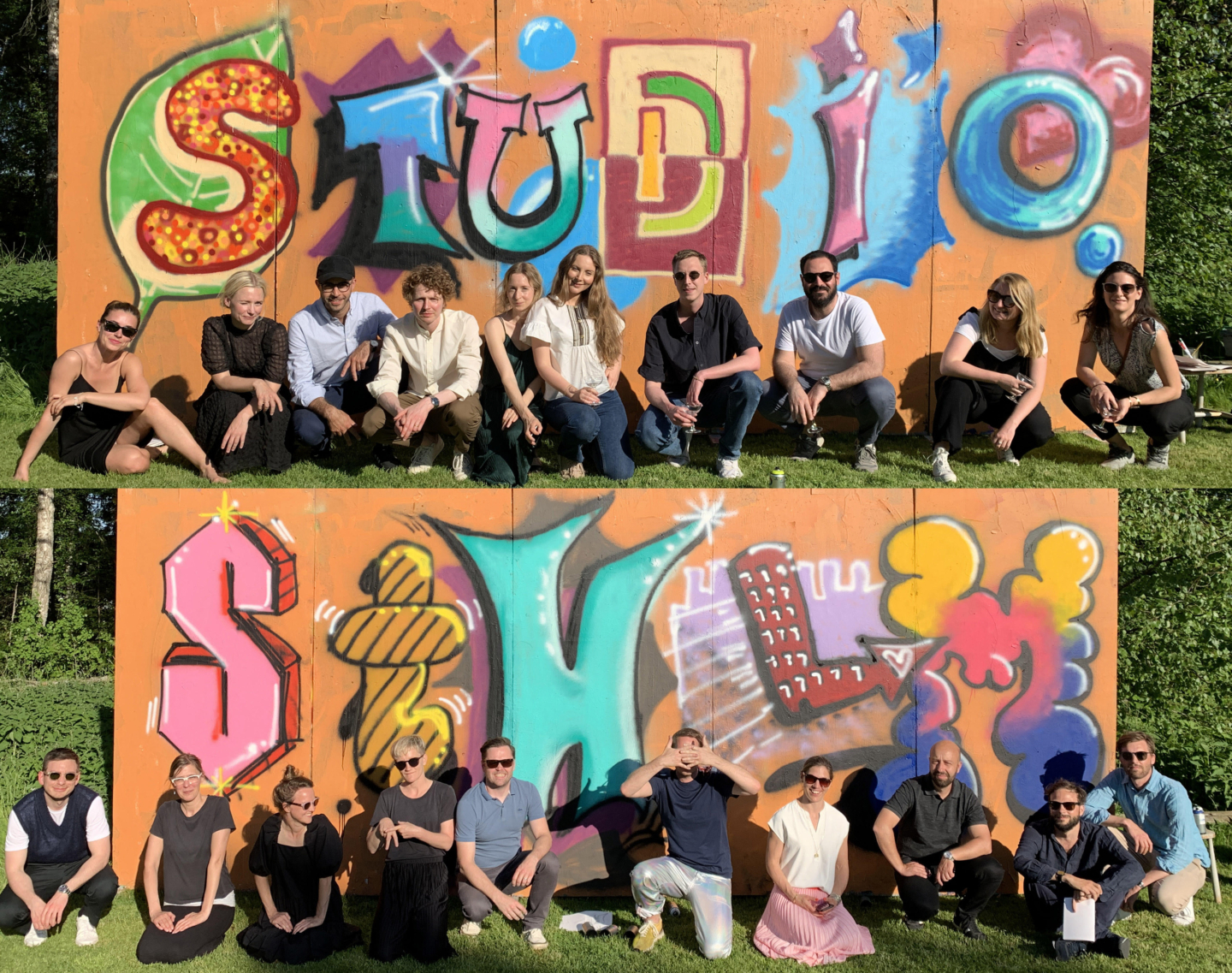
A summary of 2020 – and a welcoming for 2021
As we’re now approaching the end of 2020, one can easily say that it’s been a year like no other – a year in which the corona crisis drastically came to affect almost every aspect of life as we knew it. This, of course, is a source for reflection, especially for an industry like ours.
One conclusion that can be drawn from the past year is that the pandemic has given us new perspectives on the domestic space as well as the office space. It is likely to assume that the physical office will play a somewhat different role in the future, partly as a result of the fast-paced digitalization that we’ve seen across almost all industries. For many people, this development means exciting opportunities to perform their job anywhere it suits them. In parallel, this new way of remote working has raised questions about the consequences for physical and mental wellbeing. The domestic space generally doesn’t offer the same ergonomic solutions as the office, and lack of social context has led to increased mental illness. Additionally, when working (entirely) from home – completing one digital meeting after another – we also risk losing the magic, i.e. the creativity that is key in building successful organizations. This all shows that the office of the future most likely needs to be both – a digital enabler on a flexible labor market on the one hand, and a physical place for identity and cultural enhancement on the other.
We can also see that the city space has undergone changes due to the crisis, with increasing numbers of empty premises and reduced activity. This means that our urban areas need to be filled with new, and somewhat different, meaning and property owners will need a holistic approach to create an attractive and competitive city. Commercial buildings, along with other cityscape features such as streets, squares and parks, will not be able to count on the natural pulse that previously existed but rather actively create such environments. This is a reality that we’re all part of, and thus need to relate to.
Related to this is another learning from the past year – the need for the industry to collaborate more closely. Unemployment among Swedish architects is now the highest in 15 years and many are predicting a reduction in orders during 2021. Looking at how our offerings supplement each other, rather than how they compete, has thus never been as important. By sharing skills, resources and projects we can work together to strengthen the business of all parties and thereby help reduce the consequences of this, or any future, crisis.
From the perspective of Studio Stockholm, we feel both humbled and proud when looking back at 2020. Despite the crisis, order intake has remained strong and our current prognosis suggests that we will have maintained the same turnover rate as last year. We have also had the pleasure of welcoming new colleagues to the studio and hopefully, even more skilled and committed people will be joining us at the beginning of 2021. On the client-side, we have had the opportunity to work with a number of interesting projects and brands such as the transformation FENIX and current Trygghansahuset on Fleminggatan, a new global collaboration with a Swedish fintech company and various international projects for investment company EQT.
As we now approach 2021, it is likely to assume that the development we’ve seen over the past year will continue. In a longer perspective, this means that we as architects need to learn from the current events of change and work to create flexible environments that can be adapted to different needs over time. Not only is that a recipe for a sustainable business model, but a sustainable future as well.
With those words, all of us at Studio Stockholm wish you a wonderful holiday and a happy new year!
News
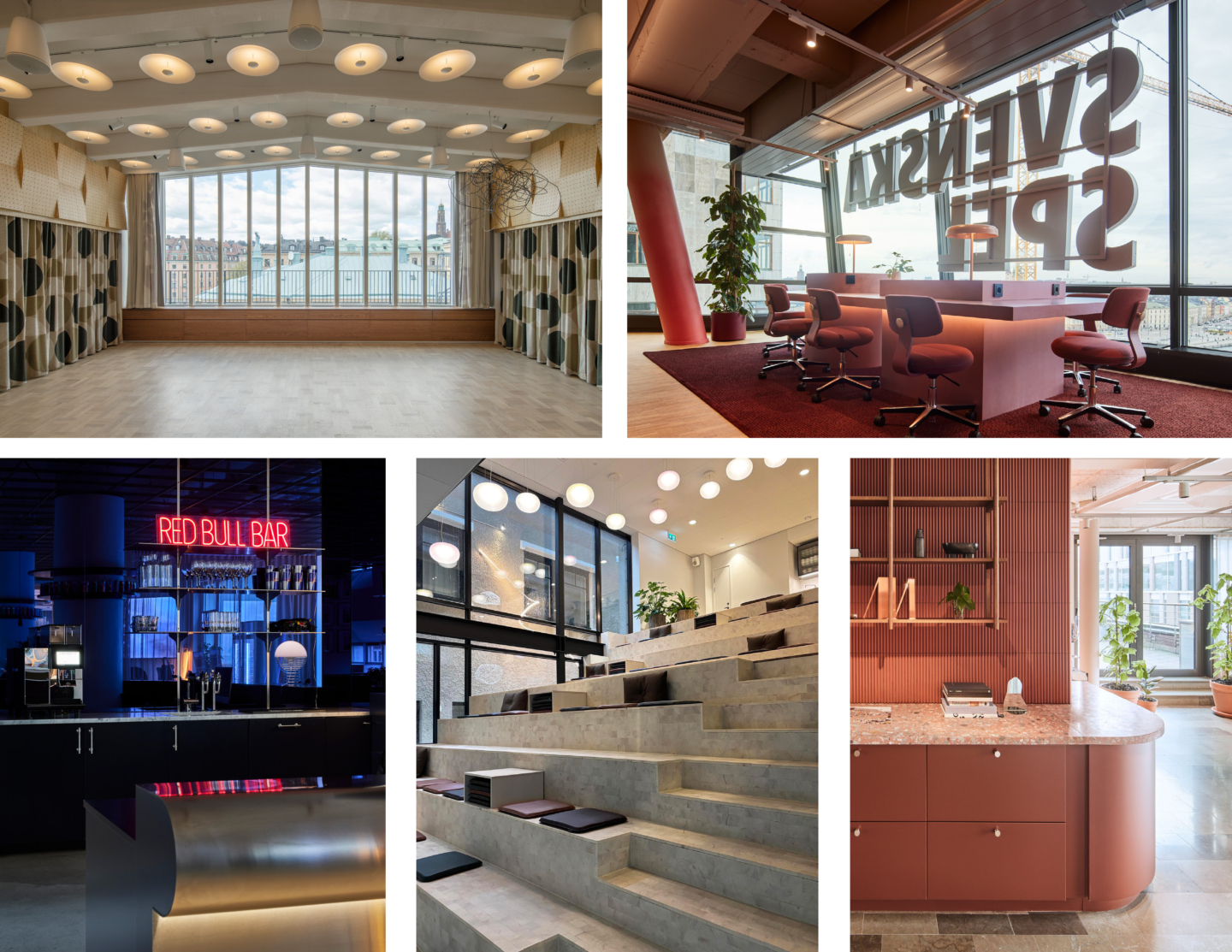
Sveriges Snyggaste Kontor 2025
The competition is on! Studio Stockholm Arkitektur is proud to have FIVE magical, and very different projects, running this year in Fastighetssverige´s competition “Sveriges Snyggaste kontor 2025”. The headquarters of Natur & Kultur on Karlavägen 31 in Stockholm is an...
Read more
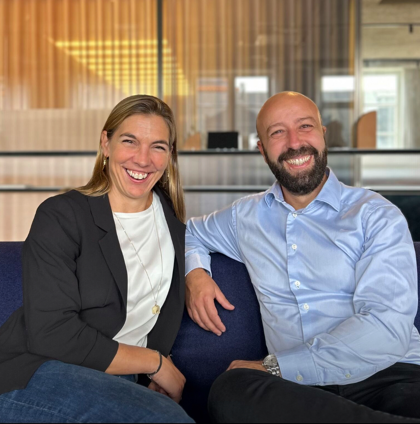
Business Arena
Studio Stockholm Arkitektur’s Marie Holmberg and Alessandro Cardinale will be at the important event Business Arena – will we see you there?
Read more
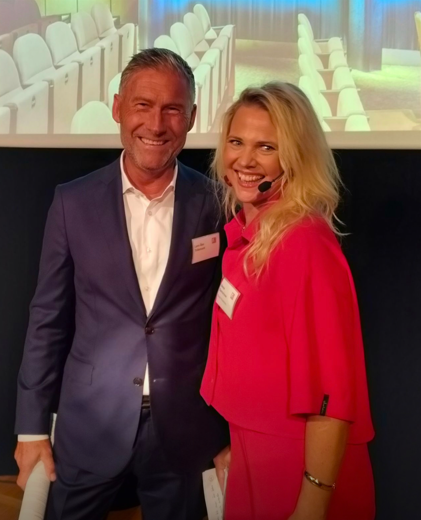
A big thank you to Fastighetsvärlden for a well-curated event on the theme “Shopping Centers and Retail.”
It’s not easy to predict how we’ll fill our ground floors and shopping centers in the future, or how the numbers will add up when we aim to create safe, vibrant cities filled with culture, music, food & beverage, retail,...
Read more
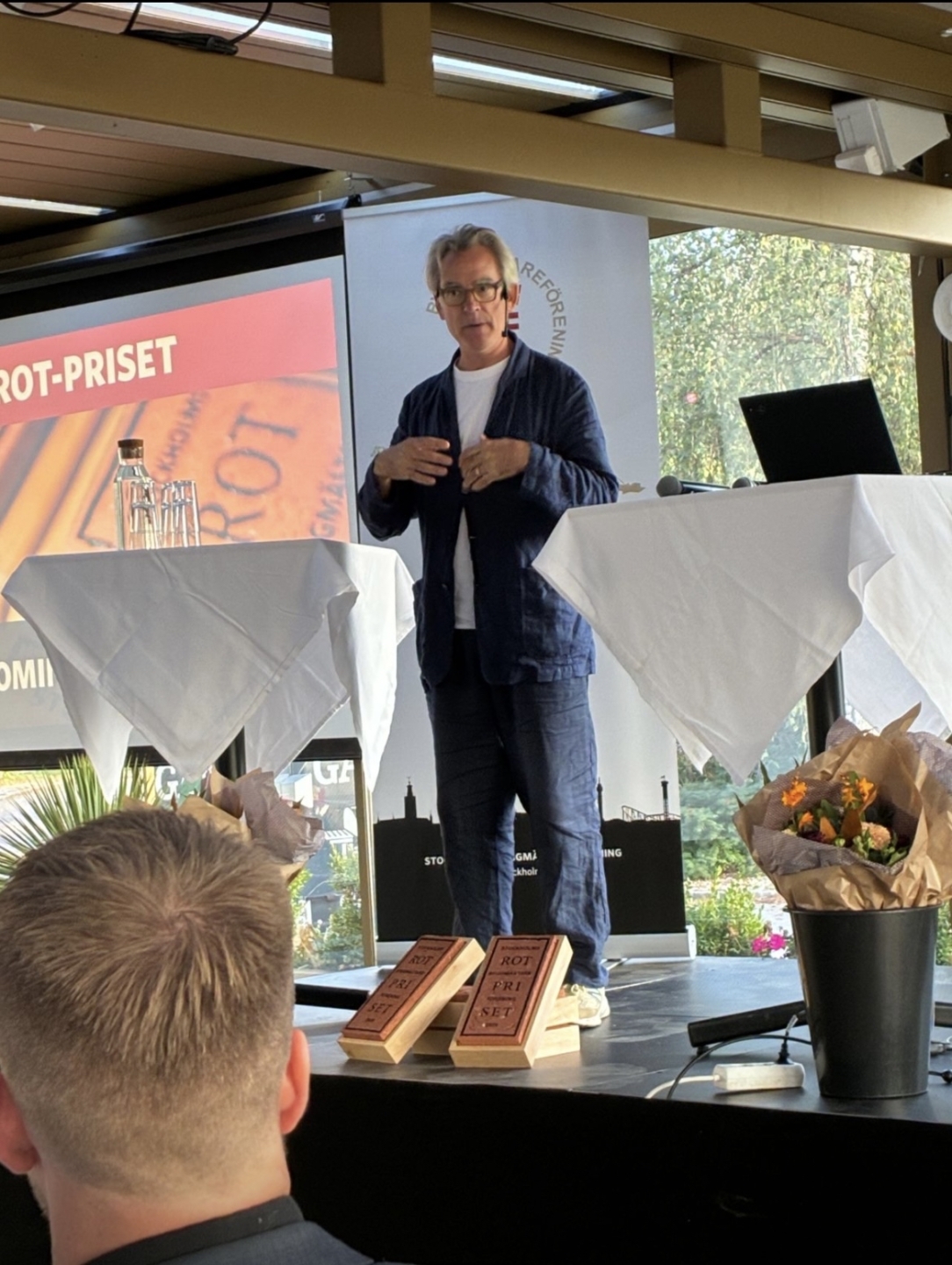
Yesterday, Studio Stockholm Arkitektur had the honor of attending the ROT Award ceremony
Yesterday, Studio Stockholm Arkitektur had the honor of attending the ROT Award ceremony. We are incredibly proud to have been nominated together with Natur & Kultur in collaboration with JLL, Metrolit among others. Studio Stockholm Arkitektur’s fantastic Karolina Nyström and...
Read more
